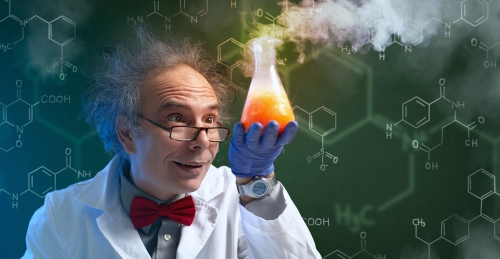Drying V.S Curing

In the last article we covered the IR drying process. In this article we will explore the difference between drying and curing. The advantage of each of the two processes.
Drying process applies or generates heat to evaporate the water or solvents in the ink, leaving the pigment behind on the substrate to provide color. The curing process is the process to solidify the ink from liquid to solid.
Common drying methods include hot air and IR radiation. In the drying process, the majority of the ink composition (water, solvent) will evaporate into the air. The solvents that evaporate into the air will develop into VOC or volatile organic compounds. VOC is a general term that represents a wide range of chemicals that has a high vapor pressure (low boiling point) at room temperature. The low boiling point causes the chemical molecules to evaporate from liquid to enter the surroundings at room temperature. When these chemicals are evaporated into the air, it is harmful to human health and the environment. Many governments have set up regulations to regulate the amount of VOCs that industries are permitted to be emitted.
The Advantage of drying includes
- A mature drying mechanism that works with a wide range of inks (Solvent-based ink, water-based ink) and substrates.
The common curing method includes the UV curing and EB curing process. In the curing process the ink does not evaporate, but instead it goes through a chemical reaction when it is exposed to ultraviolet light or electron beam and solidifies. Therefore, no VOC is generated in the curing process, making it a more environmentally friendly process. The curing process solidifies the ink, therefore what goes in is what you get out. Unlike the drying process where the majority component (solvent) of the ink will evaporate into the air.
The advantage of the curing process includes
- Good for heat sensitive materials: Curing is a cold process, it does not require heat, so it is suited for processing heat sensitive materials.
- High press stability: 100% solids and non-volatile. Ink viscosity and consistency do not vary, resulting in consistent print quality.
- Easy operation: No drying on the plate for easy plate cleaning. No solvent evaporation results in no change in ink solid % and easy ink maintenance during printing.
- Eco Friendly - Low carbon footprint with zero VOC emissions.
- Workplace safe: Non-flammable and no hazardous vapor concentrations



























